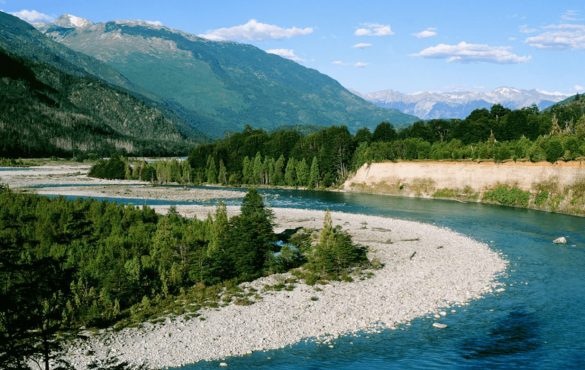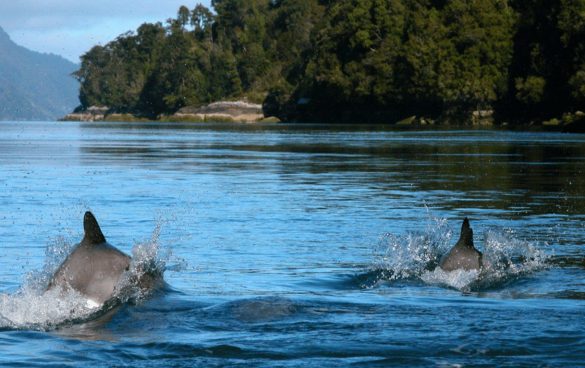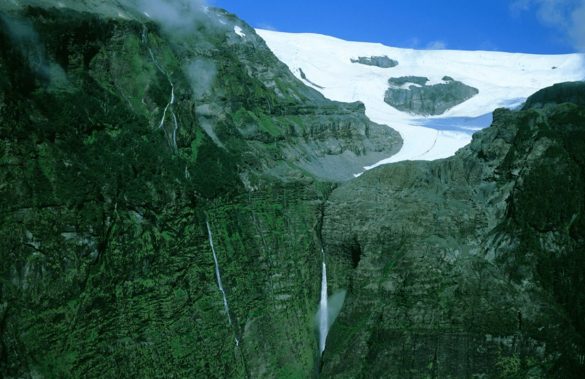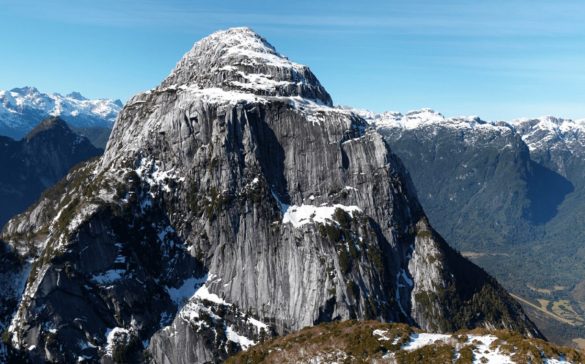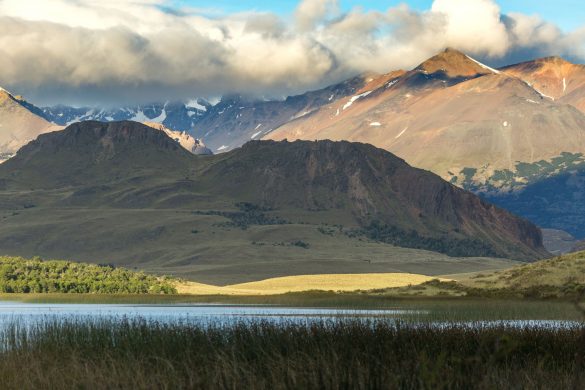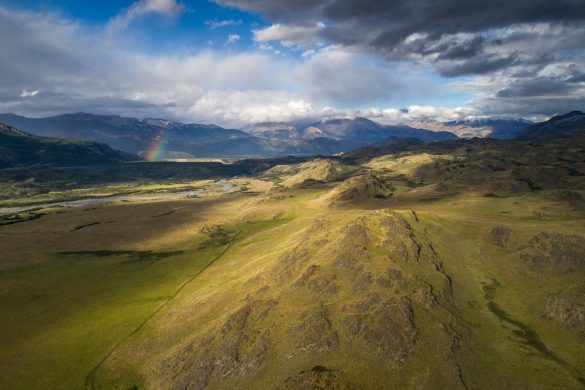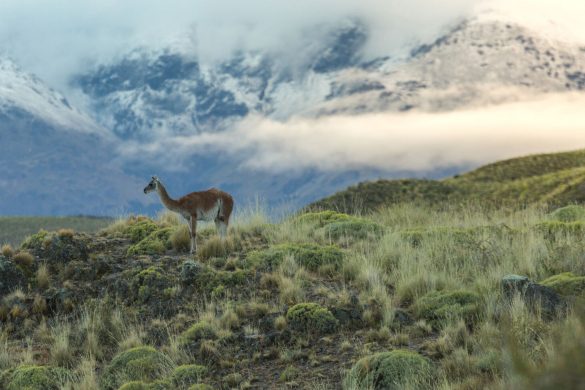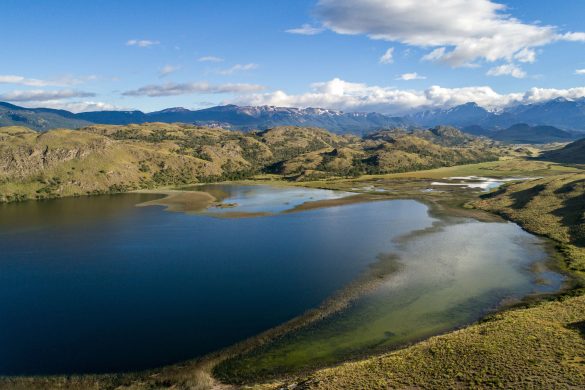The Pumalín and Patagonia national parks in Chile are the largest private land donation in history. The formal handover from Kristine Tompkins has been finalised as she donates over 375,000 hectares of private land to the Chilean state to form the Pumalín Douglas Tompkins National Park and Patagonia National Park. These two parks are part of a series of donations from the Tompkins family, which have helped create and expand eight national and regional parks in Chile and Argentina.
The Patagonia National Park stretches over 304,000 hectares and includes wetlands, steppes and forests protecting a diverse range of threatened and endangered wildlife and species. The Pumalín Douglas Tompkins National Park spans over 402,000 hectares and protects a large temperate rainforest with trees up to 3,000 years old.
An inspirational family dedicated to conservation
Kristine Tompkins is the widow of Douglas Tompkins, with whom she formed the Tompkins Conservation. They are both self-made millionaires from the USA who left their successful careers in the moutaineering retail sector and moved to Patagonia in the 90s to focus on conservation projects. Together they have led an inspirational mission to acquire land in Chile and Argentina in a bid to protect and conserve areas in the Southern Cone and helped form several national and regional parks that are helping to protect places and species from extinction.
“After years of work together with Doug and the team at Tompkins Conservation we have achieved our dream,” says Kris Thompkins. “The parks that we created with so much love are now national parks which belong to everyone. The real work begins now. Taking care of these parks will not only be the responsibility of the government, but also the work of society, of each one of us, so that this patrimony may be conserved and protected for the future.”
The nonprofit organization has helped conserve more than 5.7 million hectares in collaboration with governments, other NGOs, and philanthropic partners, and is dedicated to marine conservation and rewilding extinct and endangered species in South America.
Pumalín Douglas Tompkins National Park
- Total area: 402,391 hectares
- Tompkins Conservation donation: 293,337 hectares
In 1992, the foundation created by Douglas Tompkins began acquiring large tracts of temperate rainforest with the goal of their permanent conservation, in what is now Pumalín Douglas Tompkins National Park.
This new national park protects 25% of Chile’s endangered alerce forest, a protected species with individuals over 3,000 years old, in addition to lakes, waterfalls and volcanoes. Fauna includes pudu (a minature deer), puma, Commerson’s dolphin, Darwin’s frog and Chile’s only marsupial, the rare monito del monte. Park infrastructure includes a cafe, cabins, campgrounds, an information centre and 11 trails. It’s located 114 miles south of the regional capital of Puerto Montt, accessible by road and ferry, on the Carretera Austral.
Read more on the Pumalín Douglas Tompkins Park.
Patagonia National Park
- Total area: 304,527 hectares
- Tompkins Conservation donation: 83,763 hectares
Patagonia National Park features the greatest terrestrial biodiversity in the region, with habitats ranging from Patagonian steppe to lenga forest and wetlands. It’s home to numerous endangered and threatened species, including ten percent of the global population of huemul, the south Andean deer.
A former estancia, its central area was historically overgrazed and poorly managed as a product of intensive ranching. Through a long process of restoration and rewilding, the native grasslands have recovered and wildlife has returned in numbers, including herds of guanaco, a South American camelid, flamenco, puma and a population Darwin’s rhea under restoration.
Top notch infrastructure includes a lodge, restaurant, visitor center and museums, as well as campgrounds and trails. Patagonia National Park consists of the Tompkins Conservation donation in addition to the former national reserves of Jeinimeni and Tamango, plus fiscal land. It’s located 180 miles south of Coyhaique, the regional capital of Aysen.
Read more on the Patagonia National Park.

